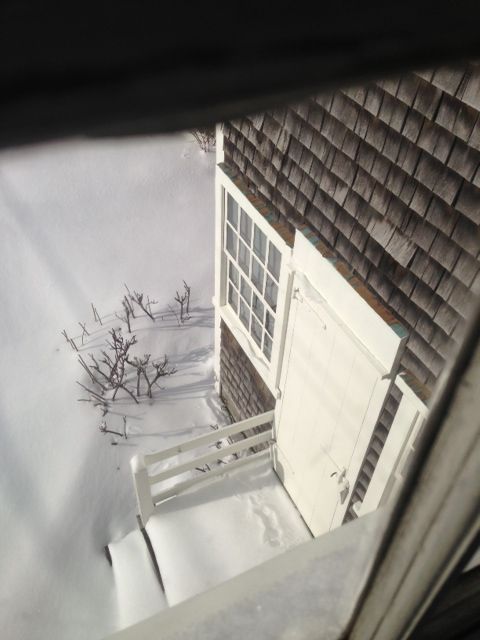Derek Till
I was pretty young when I first met Derek Till. One thing I became familiar with was the twinkle in his eye, his ease to laugh, and his snappy white shoes that cut an amazing path across the dance floor with Patricia.
I didn’t know Derek’s first wife, but after some banter of stories about Nantucket and the MMA, I figured out how Derek came to be involved in the MMA – via his father-in-law, Tell Berna. Berna was one of the founders of the Nantucket Conservation Foundation but he was also actively involved in the MMA and very interested in helping to start what would become the MMA Aquarium. Until Derek and I had a conversation that involved Berna, I didn’t realize the connection. He was surprised I knew Tell Berna’s name – but then didn’t realize how much I wandered about Nantucket’s history – and the MMA’s.
Derek became a very active member of the MMA board, served as an officer, and was instrumental in assisting and leading the Preservation and Repair Committee. Still to this day, we have the model he built in paperboard of what would become Drake Cottage on the site of what was once a converted 1940s garage – Terrace Cottage. Even its little German statice flower “trees” – a little worse for the wear – still stand in front of the model. He served on the MMA Science Committee for many years as well.
I remember the way he leaned back in his chair with his leg crossed at meetings, arm crossed over his chest. And his accent. I did not know much about his younger years but now, reading about his life, I am reminded why I liked him so much. He was not boastful but very down-to-earth. He had an opinion and would certainly express it – and could become quite serious – but that twinkle, and that delightful laugh were always close by no matter what. He was a dapper dresser – summer typically meant a seersucker coat – and did I mention his dancing? When he and Patricia moved into their retirement community, they regaled me with all the fantastic things that the people did for all the residents. The one that seemed to get them the most was the fact that you had to leave your car keys by the front door so that when it snowed, the staff could come in while you were asleep, get your keys, move your car, and plow the driveway! I can hear Derek telling me that now.
Even in his nineties, he continued to come to the island – even after Patricia died. He was ever-present at the MMA Soirée, became more active again with advice, and re-joined the board of the MMA as an Honorary Director – something I think he was honored and tickled by.
Derek had a long life well-lived – one in which he was always active. And I know, wherever he is, he’s dancing.
The step, however small, which is in advance of the world, shows the greatness of the person, whether that step be taken with brain, with heart, or with hands. – Maria Mitchell
JNLF
Recent Posts




